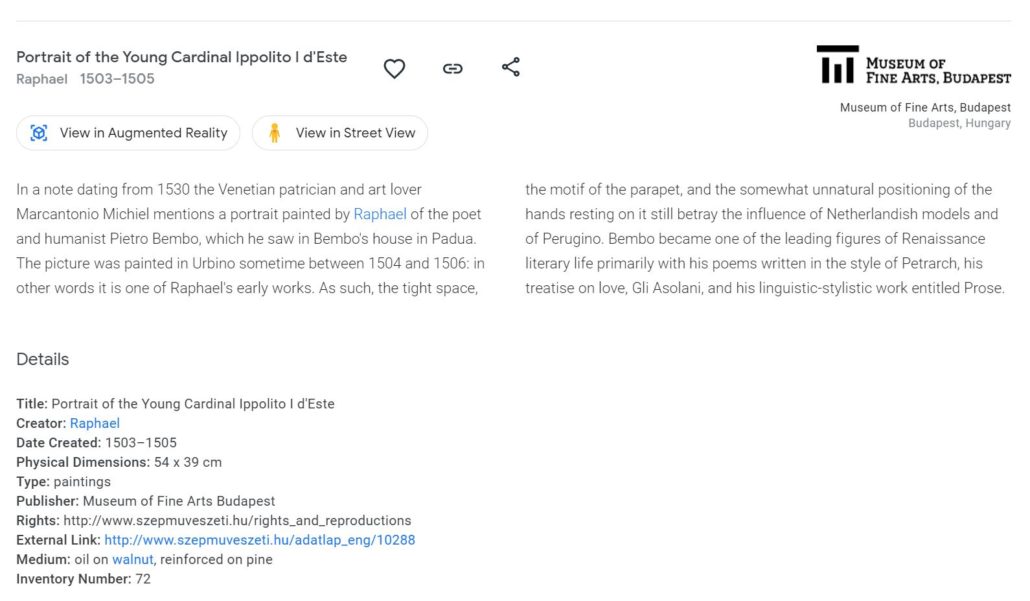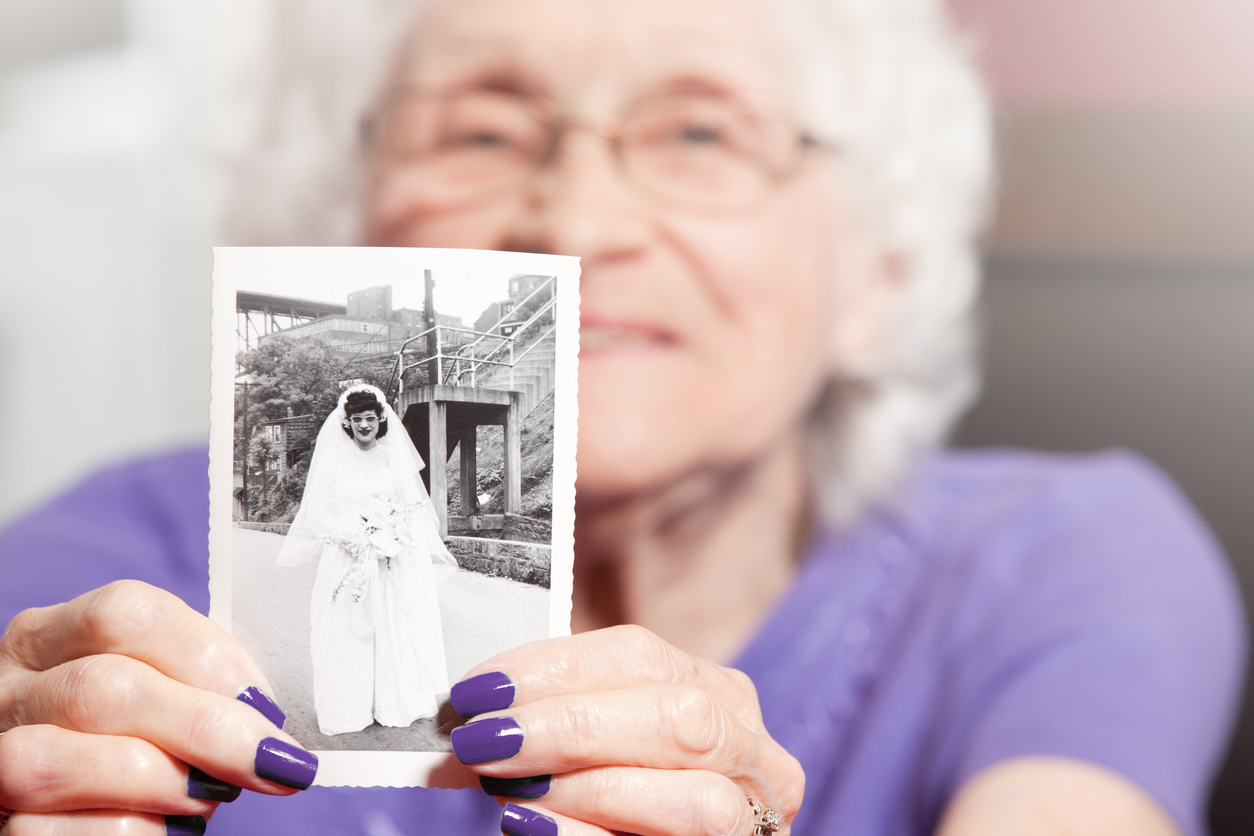In leisure time alone, the average human processes at least 34 gigabytes of information daily. On the internet, this looks like their newsfeed, the endless scroll of what friends and acquaintances are doing at any given moment, and the 24-hour news cycle. Even if a user is searching for something specific, they’re bound to be distracted because the Internet is built to monetize our attention. Only the shiniest, most intriguing, emotion-laden ads, sites, and headlines get the spoils.
In this high-competition virtual world, how do you make a historical archive or digital library stand out on the web? Here are 3 ways to make your archive impactful today!
Connect Documents in the Collection to One Another
How can your archive invite users to spend more time on it to facilitate discoveries and new knowledge? Create your own rabbit hole of connected information for users to explore. History doesn’t exist in a vacuum. Add links between people, places, and key terms in your collection. This can be done in the text itself, on a helpful sidebar, or though metadata.
If your collection is displayed as text, adding links to other related documents or categories could look similar to what you see on a blog or online newspaper. When a paragraph from a historical diary names a location, that text can link to a category page that aggregates all content in the collection connected to that location. A name? The text could link to a short Who Is explainer to provide context, list additional appearances of that name in the collection, or connect to works that person has authored.

If the collection is primarily image-based or layered with text, it might not be possible to integrate links into the content itself. In this case, a sidebar or section of content links below each page might be helpful. If this section displays linked metadata, users can easily see more from the same author, related to the same keywords or key people and places.
Many times, this metadata already exists in text within a collection. Curating a collection of related links takes care and time, but even one or two links can enhance users’ experience and encourage them to dive deeper.
Have questions about digital collections? Take a look at What Is a Digital Collection or Digital Library? for answers.
Connect Documents to Their Time and Place in Culture
The contents of a single archive may not have all the necessary items to create full context of the time and place in which a person and their documents existed. Filling in the gaps for visitors of the collection can take a lot of dedicated time and effort, and may require partnerships with other organizations and collections. But the effort can produce greater user engagement and allow the collection to become a valuable resource for researchers or historians.
There are many ways to create a more interactive, user-focused collection.
Maps
Creating a map to track a person or item’s movement in history can provide the context needed to understand its importance. Users can orient the documents in the real world with familiar places that they can better connect with. Using historic maps can be useful, but online services, like Google Maps, can be just as effective and oftentimes more interactive.
Infographics
Creating infographics may take time and skill, but they are a great way to track or represent ideas. They are also easy for users to follow and can include links or pictures to allow more engagement. Want to show how events relate to one another or highlight main ideas with historical context without overwhelming the user with a page full of text? An infographic may be the way to go.
Historical Dictionaries
Not everything from two hundred, three hundred, or a thousand years ago will make sense to a modern reader, even with historical context. Linking text that may mean something different in its time or is no longer in common usage to a historic dictionary can give more value to items that would otherwise confuse more than illuminate.

Connect Documents to Today
Blogs and articles utilizing an “On this day in history…” connection to the past can be a fun reminder of what the world was like throughout history. Articles that highlight past events on the date they occurred can be a great idea to help users connect to the collection in a new way. They can also be effective social media posts to engage your audience beyond the collection itself and keep interest even when there is nothing new about the collection to report.
What you share has a lot to do with why you want to share. We dive into many of the reasons to make your archive available online, and the benefits of doing so.
There’s no one way to build an archival flashback. The San Diego Union Tribune offers scanned images of their old edition along with a newly transcribed copy of the featured article, giving both easy reading and on-page context. On the other hand, the Library of Congress’s “Today in History” feature gives an overview of an event with images of items relating to the subject of the article. The Chicago Tribune goes a step further and offers not one event in history but many throughout the years.
However you choose to feature your collection’s place in time, a connection to the present, even if only by date, can be a great way to engage your audience and have them coming back again and again.
Anderson Archival helps build digital libraries and collections through high-touch digitization, OCR, metadata, and design. Wherever you are in your digitization journey, we can help.


